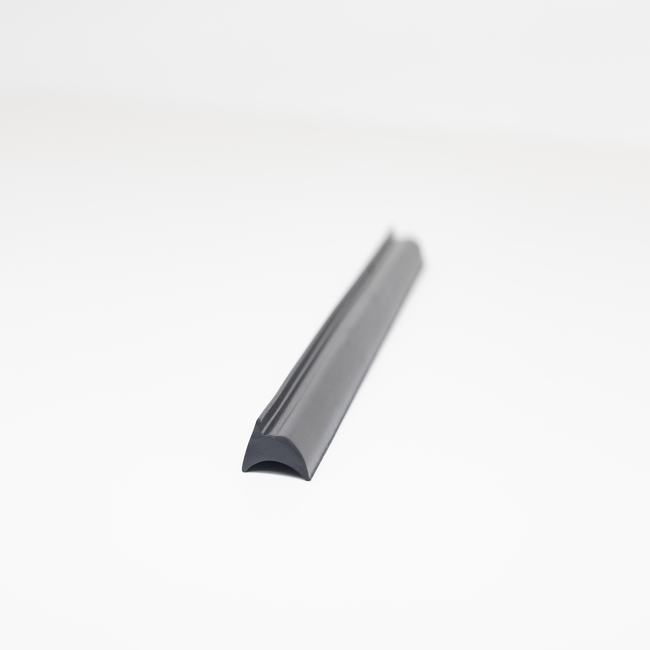Garage door seals, also known as weatherstripping or garage door weather seals, play a crucial role in ensuring the functionality, security, and energy efficiency of your garage. These seals are designed to create a tight and secure barrier between the garage door and the surrounding frame, providing a range of benefits for both residential and commercial garage spaces. Below is a detailed and comprehensive description of garage door seals, their types, functions, installation, and maintenance:
Types of Garage Door Seals:
- Bottom Seal (Threshold Seal): The bottom seal is installed at the base of the garage door, where it meets the floor. This seal prevents pests, dust, debris, and water from entering the garage, keeping the interior clean and dry. It also helps in maintaining temperature control and energy efficiency.
- Top and Side Seals: These seals are typically installed on the sides and top of the garage door frame to create a complete perimeter seal. They prevent drafts, moisture, and unwanted intrusions from entering the garage through gaps around the door.
- Vinyl Astragal: This is a flexible strip of vinyl that attaches to one side of a double garage door. It helps create a seal between the two doors when they are closed, preventing drafts and moisture infiltration.
- Brush Seals: These seals use flexible bristles to create a barrier against air, dust, and insects. They are often used on the sides and top of the garage door and are effective in sealing irregular gaps.
- Bulb Seals: Bulb seals have a bulb-shaped profile and are commonly used as bottom seals. They provide a secure seal by compressing against the garage floor, creating an airtight barrier.
Functions and Benefits of Garage Door Seals:
- Weather Protection: Garage door seals offer protection against harsh weather conditions, including rain, snow, wind, and extreme temperatures. They prevent water from seeping into the garage, protecting your belongings and the structural integrity of the garage itself.
- Energy Efficiency: Properly installed garage door seals help maintain a stable temperature inside the garage. This can reduce energy consumption and lower heating and cooling costs in attached garages or living spaces above the garage.
- Pest Prevention: Sealing gaps around the garage door prevents insects and rodents from entering, reducing the risk of infestations and damage to stored items.
- Noise Reduction: A well-sealed garage door can help reduce noise from the outside, making your living spaces quieter and more comfortable.
- Increased Security: Garage door seals enhance security by reducing the risk of unauthorized access. A secure seal makes it more challenging for intruders to pry or force the garage door open.
Installation and Maintenance:
- Installation: Installing garage door seals can be a DIY project for some homeowners, while others may prefer professional installation. To install a bottom seal, you typically need to remove the old one, clean the area, and attach the new seal using adhesive or screws. Top and side seals are usually affixed using nails or screws. Follow manufacturer instructions for the specific seal type you choose.
- Maintenance: Garage door seals require minimal maintenance. Periodically inspect the seals for wear, tears, or damage, and replace them if necessary. Clean the seals regularly to remove dirt and debris that could affect their effectiveness.
In conclusion, garage door seals are essential components that contribute to the overall performance and functionality of your garage. They provide protection against the elements, enhance energy efficiency, improve security, and offer numerous other benefits. Proper installation and regular maintenance of these seals are key to ensuring their long-lasting effectiveness and ensuring your garage remains a functional and secure space.










